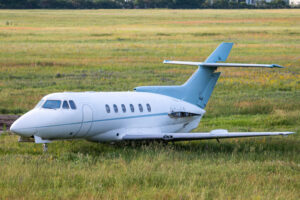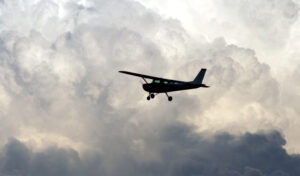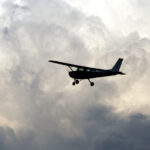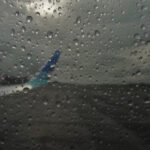Pilots should avoid underestimating mother nature’s power
With all the tools and technology available to pilots, it is upsetting that we are still flying through thunderstorms. But, when will we learn that aviation weather is not to be trifled with? Mother nature will win every time.
Regardless of how a pilot ends up in a full-blown thunderstorm, I can’t imagine a more terrifying place to be. If you fly long enough, you will see how powerful convective weather is. Haven’t we tried to “Shoot the gap” between developing cells, only to swear we will never do that again when the gap closes right before our eyes? That’s why we call it a “sucker gap.”
I’m happy as a clam at 43,000 feet, looking down at all the poor saps trying to circumnavigate the weather, but the truth is, we all must land sometime, and that’s where it gets dicey. Thank goodness for iPad and NEXRAD and all that fancy technology, but the truth is, we must be smart.
The final NTSB report for a fatal Piper Malibu accident was just released; it’s heartbreaking how preventable it was. First, the Malibu was more than 700 pounds overweight on takeoff and still overweight at the time of the accident. That was preventable. Second, the pilot was not instrument rated, yet he filed an IFR flight plan and died while flying in instrument conditions. Also preventable. I can only assume the passengers who also died in this accident did not know about the pilot’s lack of qualifications.
According to the NTSB report, the pilot failed to fly around the hazardous weather adequately and flew into convective activity, causing the airplane’s subsequent loss of control and in-flight breakup. The Malibu entered an area of heavy to extreme precipitation in IMC at FL270. The plane then climbed 300 feet, entered a right, descending spiral, and broke up in flight at high altitude.
Perhaps we must respect aviation weather more than anything else related to flying. Yes, the airplane should be loaded correctly, and the pilot should be rated appropriately for the flight conditions, but for goodness sake, give convective weather a wide margin and avoid it.
RELATED READING
RELATED CTS TRAINING









